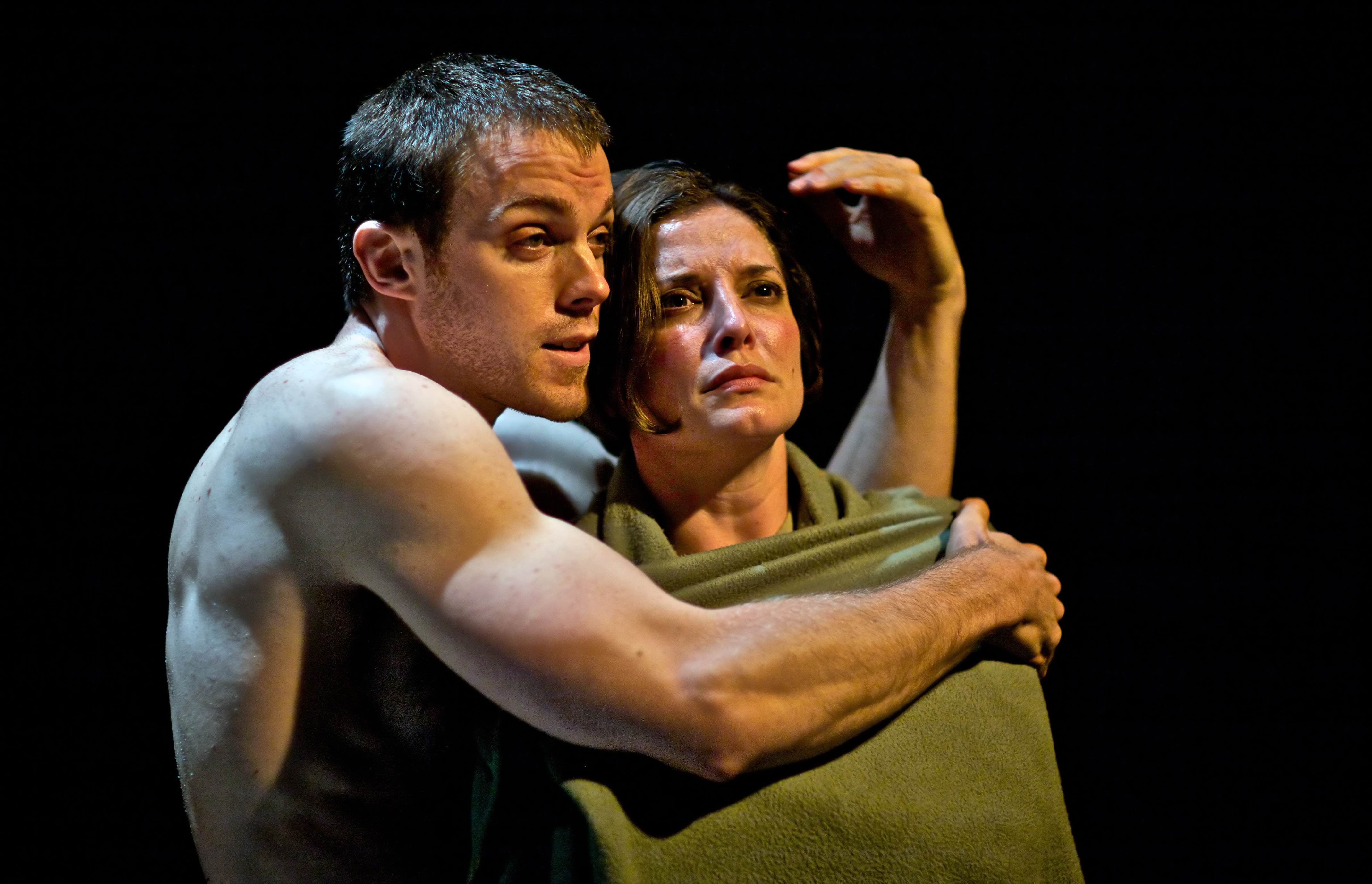Small spaces, long periods of mandatory silence, a constant state of observation and limited bathroom breaks. Surprisingly, theaters and prisons have a lot in common.
And while “The Good Prisoner,” a new play presented by the Los Angeles Theatre Ensemble, can be arresting at times, it does not hold the audience against its will.
However, it occasionally loses its audience. The play is unsure of its setting. Indeed, the program describes the play’s time as “Then and Now,” while the place is “Somewhere very close to here and Nowhere.” In trying to establish the play’s message as timeless and without borders, the lack of a concrete context ultimately hurts the narrative.
More confusion ensues as “The Good Prisoner” uses a series of flashbacks and flash forwards to tell the story of Spc. Anna Winters, who becomes a guard at a barbarous internment camp when a totalitarian regime takes over her community. The ho and heave of time between scenes limits our knowledge and increases suspense, a great convention if this play was a murder mystery.
Kit Steinkellner, the playwright of “The Good Prisoner,” writes in the program that her play attempts to “understand how circumstances can create monsters out of ordinary people.”
If the play had been written in a standard, sequential narrative form, it could have jumped into the abyss of human darkness ““ the subject it seeks to uncover. In its current form, it circles around the idea of human monstrosity like a vulture circling its prey, waiting for it to die.
Fortunately, the play uncovers other themes in much more interesting ways. The relationship between Anna and a particular prisoner explores their dependence on one another and questions what liberation and imprisonment are.
The prisoner, played by Emmalinda MacLean, has no spoken lines.
As a victim of her captors, she is cold and headstrong. As a phantasmal reflection of Anna, she is meek and nurturing. It appears that MacLean’s role may be the title character, but the show never answers this with certainty.
The ambiguity is good in that the audience can see Anna, tortured by her own violence, as the prisoner. Her sister, Rachel, imprisons herself in a world where she frantically searches to understand her sister’s tragic fall.
Between scenes, four ghosts inhabit the afterworld, but their thoughts dwell on the world of the living. Death, if the product of an unfulfilled life, becomes a prison as well.
The set design is sparse, and even if it looks a bit like a high school stagecraft class constructed it, the set is useful for the play’s needs. Blocking also suffers a stylistic deficit. Except for the scenes between Anna and the prisoner, it looks almost as if the placement of actors’ bodies and their movements were left to chance alone.
The whole production is austere. For the most part, the lack of flair is appropriate for the somber mood and macabre content.
The acting feels dry at times as well. Paige Lindsey White, as Anna, does a fantastic job of rising against script deficiencies.
Long, psycho-spiritual monologues share stage time with angry, expletive-filled dialogue, and most actors in the play fall victim to their script.
“The Good Prisoner” is arresting and violent at times. Anna and the prisoner’s performances take the audience captive.
However, the play needs some reform. Perhaps a sentence of six to 12 months in the workshop would rehabilitate this production and prepare it for reintroduction into society.
